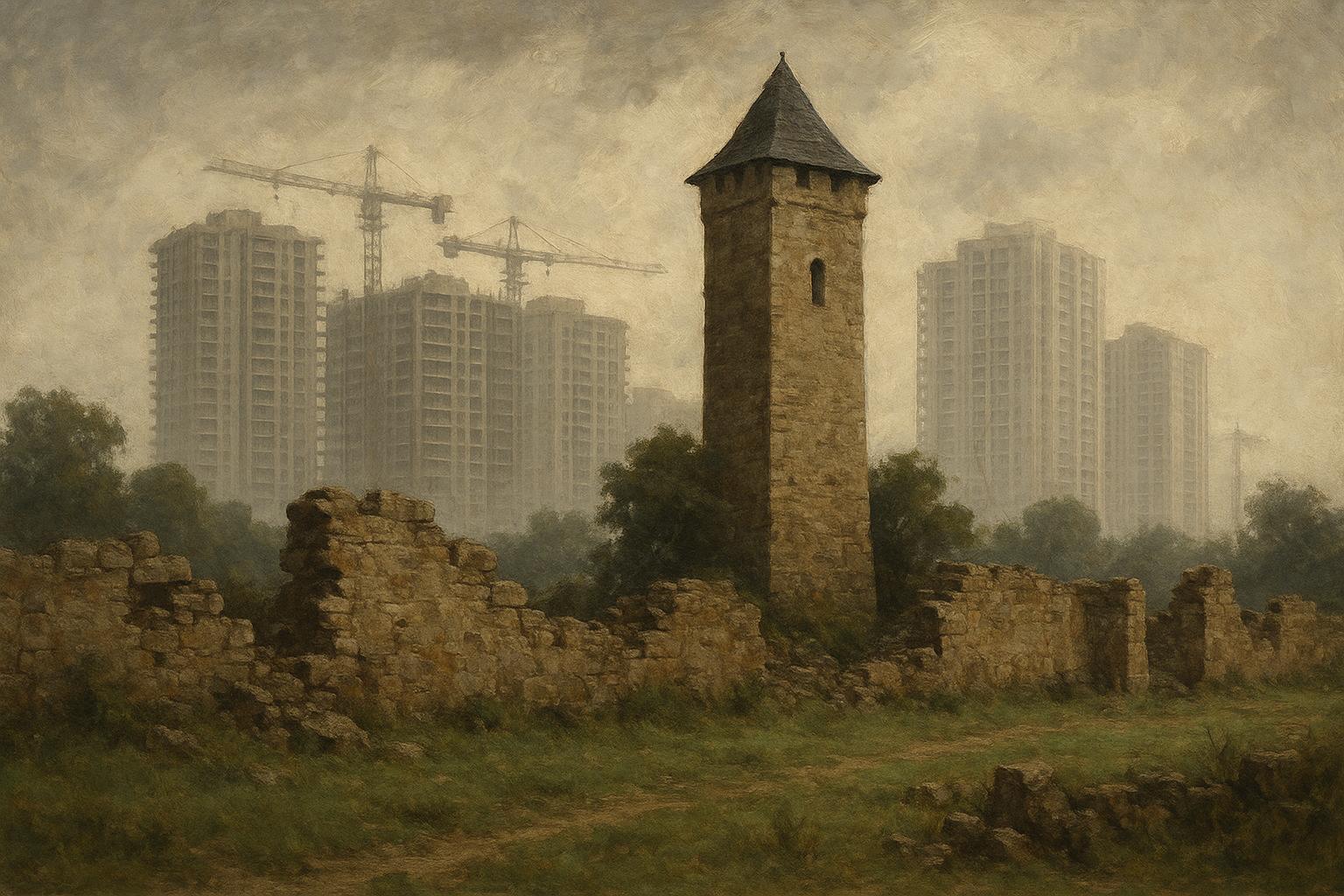Labour leader Sir Keir Starmer has ignited controversy with the announcement of plans to build three major new towns in England as part of a broader government pledge to deliver 1.5 million new homes during this Parliament. The proposal, unveiled alongside Housing Secretary Steve Reed’s commitment to "build baby build," includes Tempsford in Bedfordshire, Leeds South Bank, and Crews Hill in north London as the foremost sites for these developments. However, the plans have met fierce opposition from local communities, particularly in Tempsford, where residents feel blindsided and inadequately consulted about the scale and impact of the proposed transformation.
Tempsford, a small village of roughly 600 people currently encompassing 300 houses, stands at the centre of this dispute. Parish council chairman David Sutton told the PA news agency that residents have been kept in the dark about essential details, including how many homes might be constructed. Estimates heard locally range widely—from 10,000 to 125,000 houses—causing deep anxiety among the community. Sutton emphasised the village’s lack of existing infrastructure, noting it has no shop, doctor, or school to support a population surge of such magnitude. “We’ve got no shop, no school, no doctor,” he said, adding that the community treasures its green spaces and fears losing them to rapid urbanisation described as “firing a nuke into the village and turning it into a city.”
One significant concern is the potential loss of RAF Tempsford, a historic World War II airfield concealed during the war for secret missions. Adam Hart, a historian and author whose great-grandfather flew from the base, argued that destroying the site would erase a unique part of British heritage. He warned that building over the runways would deprive future generations of tangible links to the sacrifices made during the war—a particularly poignant point amid ongoing global conflicts. Despite being a potential beneficiary of increased housing, Hart voiced his worries about the cultural cost, highlighting the importance of preserving history alongside pursuing development.
These new town plans are part of a larger Labour initiative to construct up to 12 new towns across England, each with at least 10,000 homes, contributing to a national effort to tackle housing shortages and stimulate economic growth. The government has allocated funding aimed at supporting the planning and construction phases, with Housing Secretary Reed committed to starting building work before the next general election. The New Towns Taskforce, set up by the government and led by experts such as Sir Michael Lyons, has been charged with spearheading this project, promising to deliver affordable housing combined with essential infrastructure like schools and transport links.
Yet, despite these high-level commitments, communities like Tempsford feel sidelined. In interviews with ITV News, Sutton reiterated the lack of communication from officials. Political engagement has begun locally; Richard Fuller MP recently met with Sutton to discuss concerns and ensure residents’ voices are included in the planning process. Nonetheless, the substantial scale of the planned developments continues to alarm local inhabitants, who fear radical changes will redefine their village’s character and overwhelm services.
A think tank analysis identified Tempsford as an ideal site for Labour’s first new town, citing its strategic location near major transport links as an advantage for large-scale community building. The proposed development envisioned by the report could swell the population dramatically, possibly up to 250,000–300,000 residents—transforming the village into a sizeable urban centre. This scale underscores the divide between government ambitions to address urgent housing needs and local apprehension about preserving community identity and infrastructure adequacy.
Labour’s housing plans reflect a broader national crisis around housing affordability and availability, with the government’s new towns initiative aiming to provide large-scale solutions. However, as these plans move forward, balancing the need for new homes with preserving historical sites and ensuring communities are meaningfully consulted will be vital to preventing backlash and fostering sustainable growth. Tempsford's example highlights the challenges and sensitivities involved in reshaping rural areas to meet modern demands.
📌 Reference Map:
- Paragraph 1 – [1], [7], [4]
- Paragraph 2 – [1], [3], [5]
- Paragraph 3 – [1]
- Paragraph 4 – [2], [4], [7]
- Paragraph 5 – [3], [5]
- Paragraph 6 – [6], [1]
- Paragraph 7 – [1], [7]
Source: Noah Wire Services
